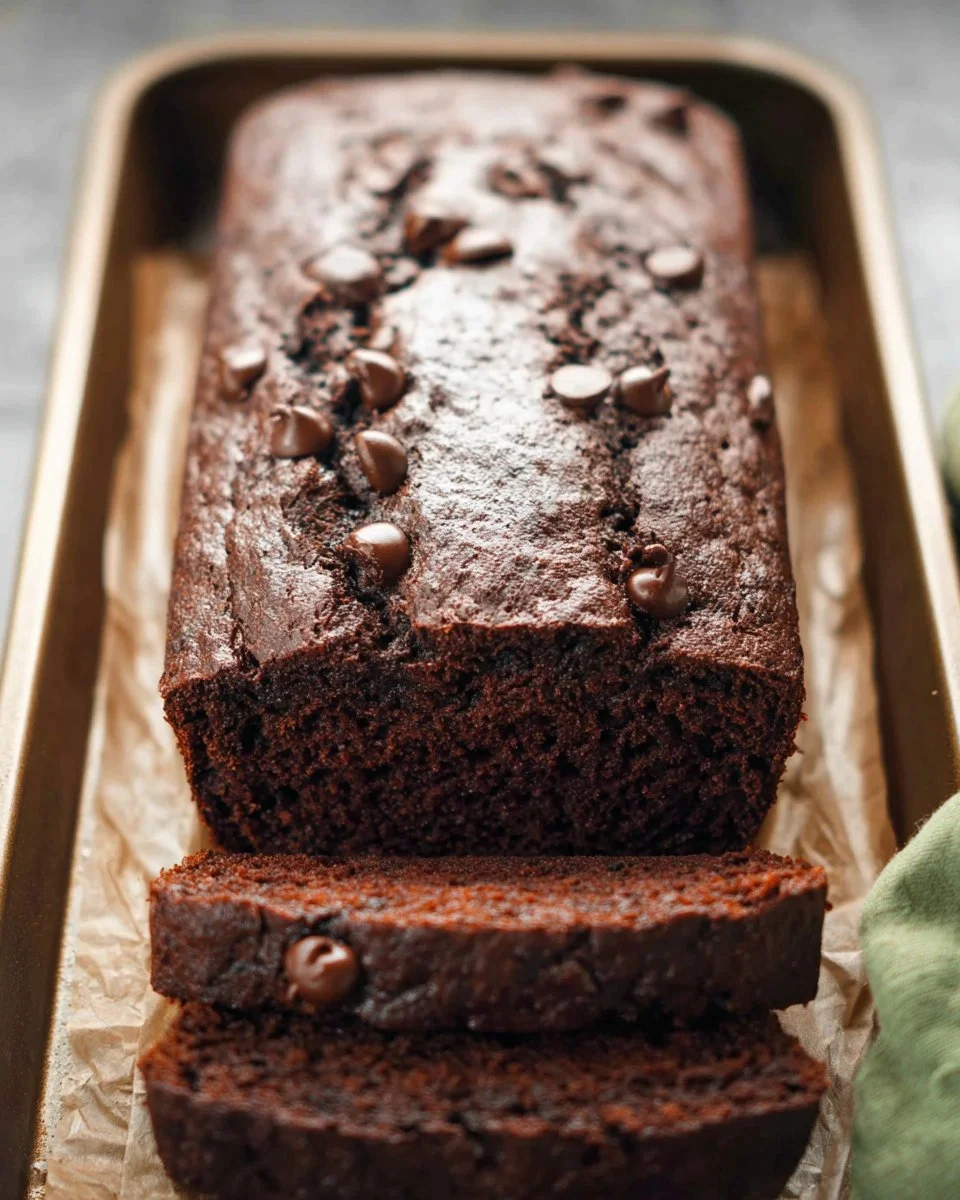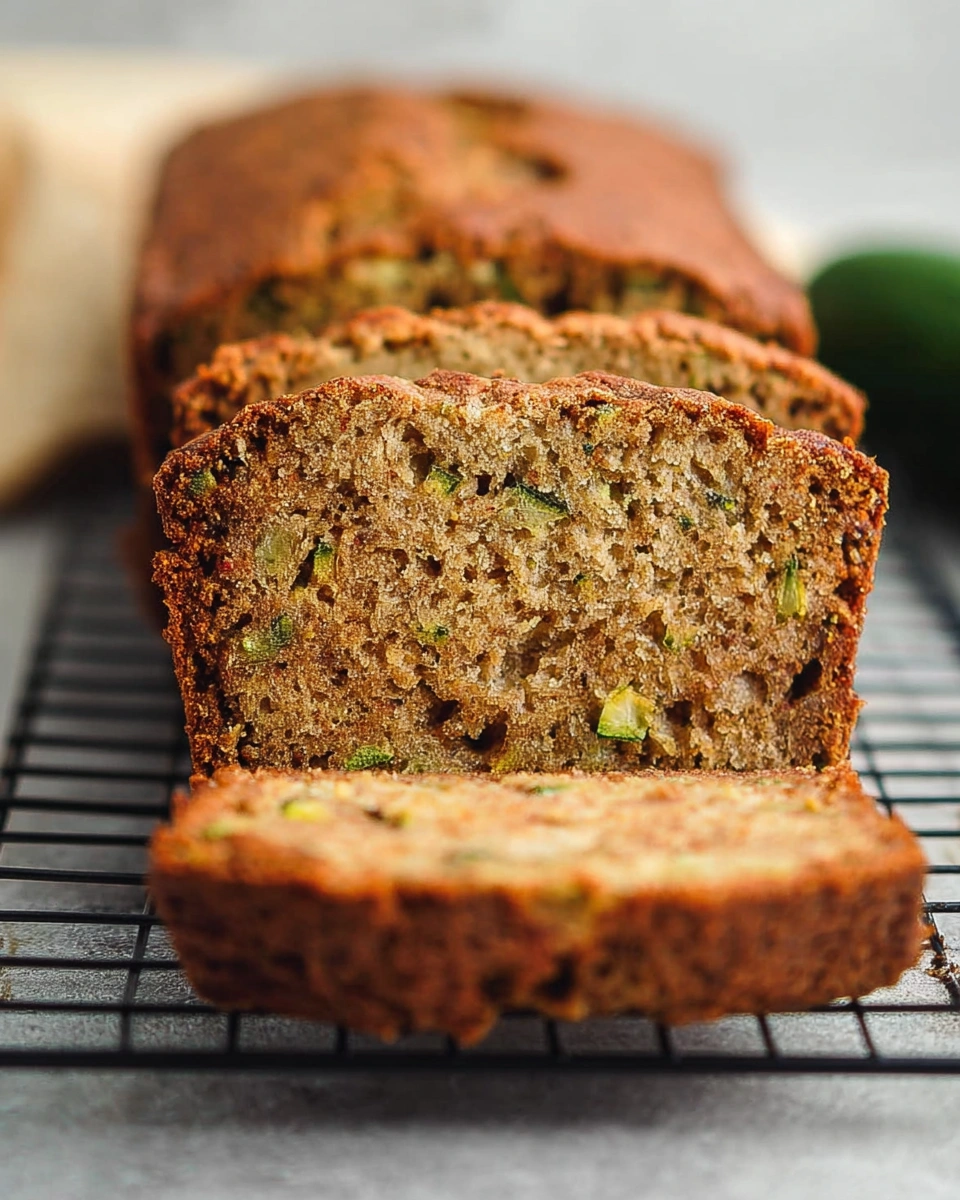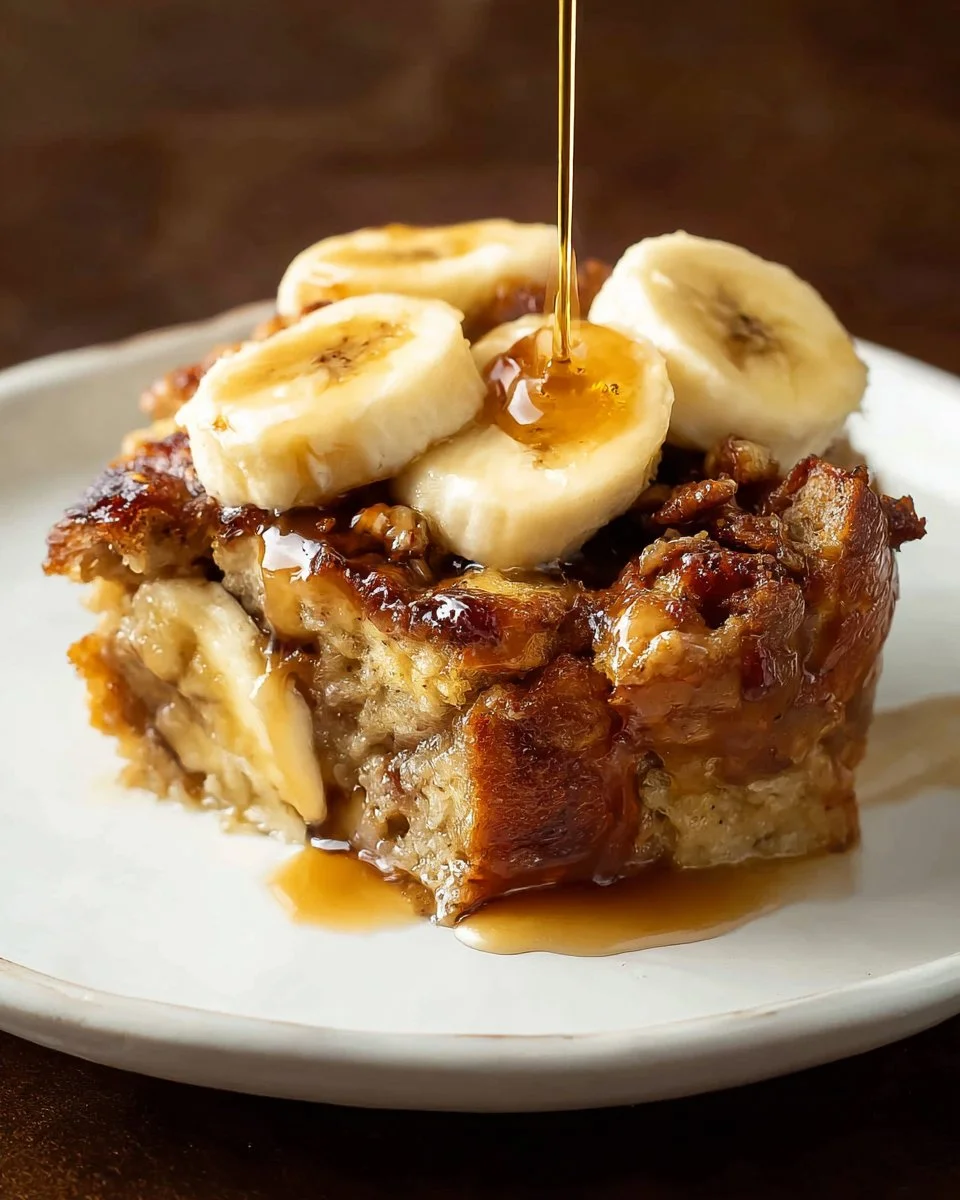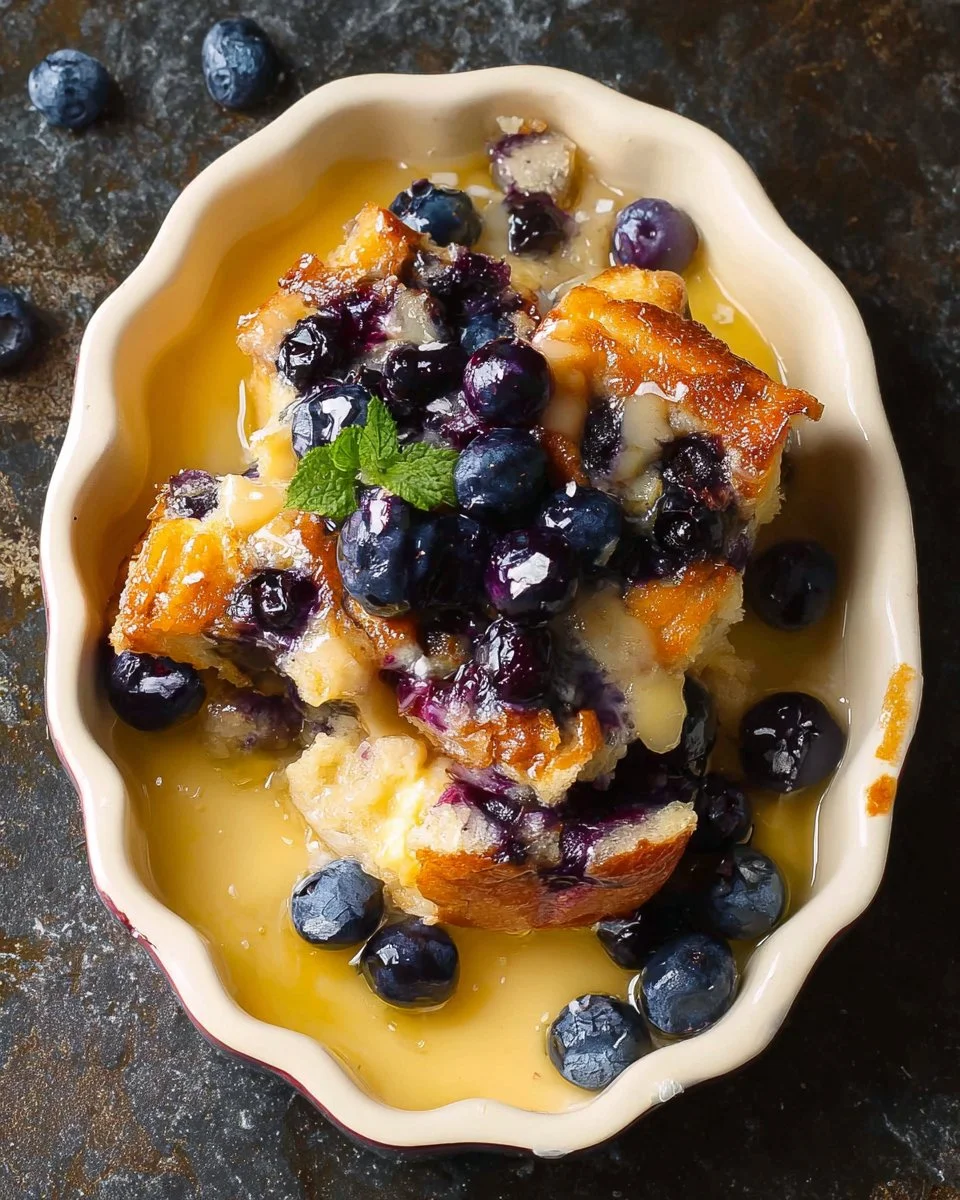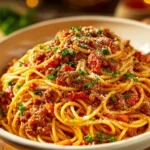Let me tell you, my meringue recipe has gotten me out of a dessert emergency more times than I can count. I get it – you want something impressive but aren’t up for fancy bakery-level drama. Meringue to the rescue! This treat is basically magic for pies, cookies, and even by the spoonful (no judgement). Kinda like sneaking a taste of banana cake batter when no one’s watching. If you can separate eggs, you’re halfway there. And hey, just like the apple pie filling recipe I swear by, the hardest part is not eating it all straight from the bowl. 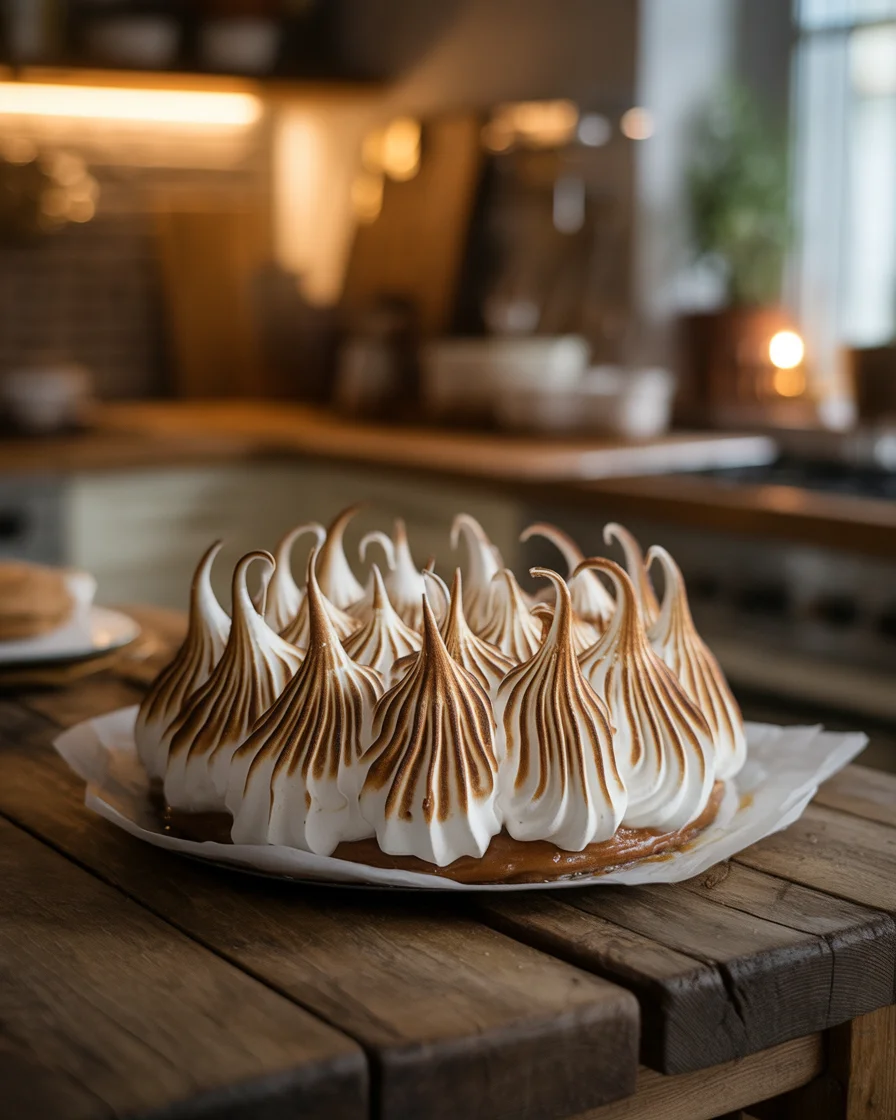
What is meringue and how is it used?
A lot of folks get a little starry-eyed when they see a fluffy cloud of meringue on anything. But really, meringue is just egg whites and sugar, whipped together like your life depends on it. Sometimes there’s a pinch of cream of tartar or a dash of lemon juice to help things along. And honestly, that’s about it. No wizardry.
I love using meringue for topping pies. That classic pillowy swirl on a lemon meringue? Five-star restaurant vibes, y’know? But it’s also the backbone of so many treats, like pavlova and those melt-in-your-mouth meringue cookies your aunt probably brought to every potluck. I’ve piped it onto tarts, dolloped it on top of berry cobblers, and even folded it into cake batter for extra fluff. Down here in the South, you’ll spot meringue on everything from banana pudding to fried pies.
You can bake it low and slow for crispy cookies. Or toast it under the broiler for that golden marshmallowy finish. Endless possibilities if you ask me.
“I always thought meringue was pure magic until I tried it myself – turns out, it’s just the right kind of simple, and now my pies never look naked.” – Jacki H.
How to make meringue: Three methods
If you’re after a real-deal meringue recipe, you basically have three ways to whip it up (literally). Okay, buckle up:
French meringue is the one everybody learns first. Just whip egg whites till foamy, toss in sugar bit by bit, and keep beating till the peaks hold up. This one’s the easiest, and perfect for baking those classic meringue kisses or topping pies.
Swiss meringue takes a tiny bit more fuss. You warm the egg whites and sugar together over hot water, whisking gently. Then, off the heat, whip it till stiff and glossy. This one is a bit silkier. I think it tastes fancier somehow, kind of a show-off version.
Italian meringue is for when you’re feeling bold. You make a hot sugar syrup, then pour it slowwwly into whipped egg whites. It’s pillowy and sturdy – ideal for buttercream, toasted pie toppings, and when you want something that won’t collapse on you in the summer heat.
No matter which meringue recipe you pick, make sure your bowl and whisk are clean and dry. Even a smidge of grease can ruin your peaks. Never thought dish soap would come up in a dessert recipe, did ya? 
Expert tips for perfect meringue
So you tried making meringue, but something went weird. Maybe it was flat, maybe it wept syrup (ugh, the worst). Let’s set you up for success with a few simple hacks I’ve learned from lots of trial and error.
Start with room temperature eggs. They whip up easier and you’ll get the volume you’re after. If you’re impatient (same), run them under warm water for a minute. It helps. Always add sugar gradually, a spoonful at a time. Dump it all in at once and you’ll regret it. Don’t even think about using a plastic bowl unless it’s squeaky clean. Grease ruins everything.
If your area’s humid, wait for a dry day if you want crisp meringues. Humidity = sticky disaster. Cream of tartar isn’t required, but it steadies those peaks. If you don’t have it, a tiny splash of vinegar or lemon juice will do. And most important? Don’t overwhip. Once those peaks stand tall and glossy (think shaving cream), call it done. Overbeat and you’ll cry. Not kidding.
Bet you’re gonna nail it. (But if not, just fold the flop into a banana banana bread recipe. No one will know, promise.) 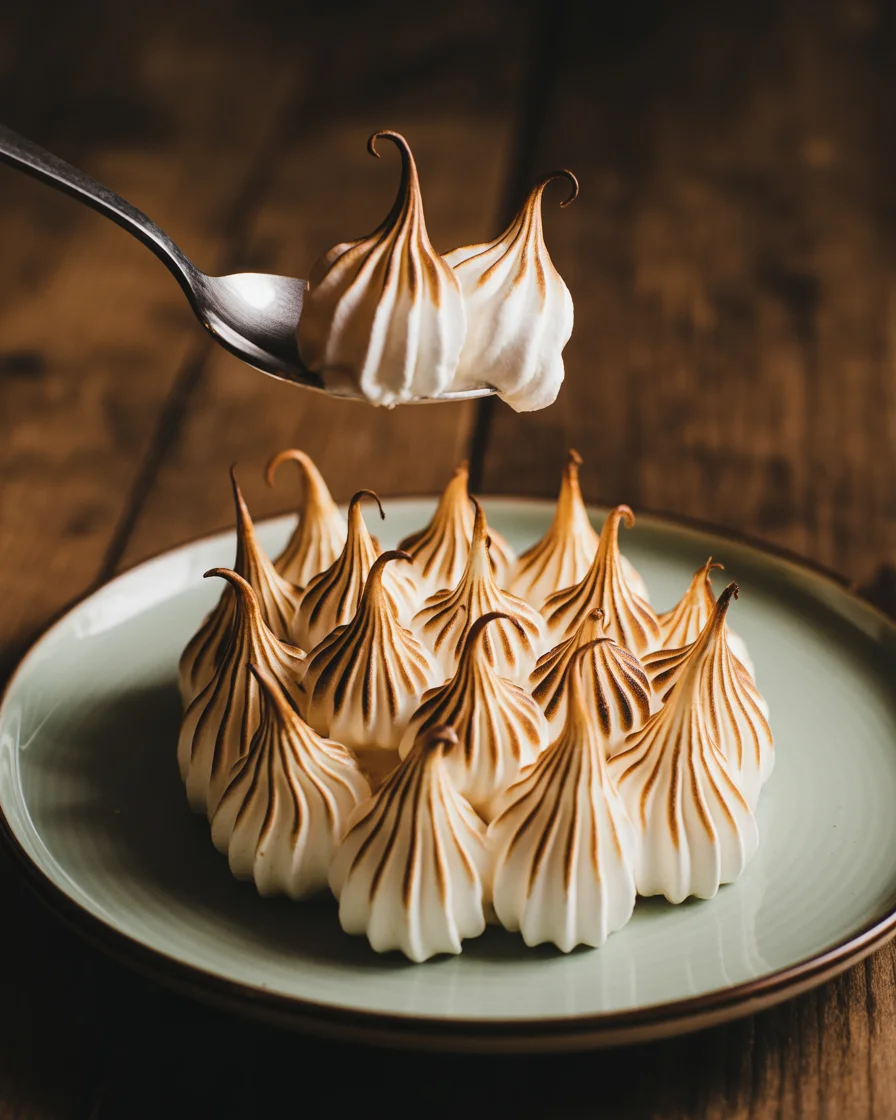
Troubleshooting common meringue issues
Alright, deep breath. Sometimes meringue just doesn’t act right. Maybe you followed the meringue recipe to the letter, but it still deflated or turned watery. Been there, honestly.
If you see beads of syrup on your baked meringue (they call it “weeping” – relatable!), it usually means sugar wasn’t fully dissolved or you overbaked it. Low and slow is the name of the game. If the whole thing collapsed, greasy bowl or a drop of yolk might be the culprit. Even the tiniest bit of fat = no bueno.
Cracks on top? Too much oven heat, pal. If it’s chewy when you want it crisp, humidity’s probably the villain. That southern summer air does me dirty every time. And if all else fails, eat the evidence. Broken meringue is still delicious in Eton mess or sprinkled on blackberry dump cake. You’ll win points for creativity!
Recipes that use meringue
You went through all the effort, so what’re you gonna do with that gorgeous bowl of meringue? Gotchu covered. Here are a few ways I put it to work (and yes, I get a little bossy about these):
- Spoon on top of pies and torch it till golden, like a lemon meringue pie that looks straight from a TV show.
- Bake little drop cookies low and slow for crunchy bites or swirl into pavlova for something fancier.
- Whip up a batch to layer on old-school banana pudding or jazz up a baked brie recipe.
- Fold it into cake batter or swirl on cupcakes (if you’re feeling extra).
I say, play around! No harm in licking the beaters if nobody’s watching, right?
Common Questions
Q: Can I make meringue ahead of time?
A: For cookies, yes. For pie toppers, not really – best fresh. They can go soft otherwise.
Q: What if I get yolk in the whites?
A: Try again if you can. Even a tiny bit stops the whites from fluffing right.
Q: Is a stand mixer required?
A: It helps but a hand mixer works fine, just takes a little more patience and sore arms.
Q: Why is my meringue sticky?
A: Humidity’s the culprit, or maybe it needed a touch longer in the oven.
Q: Can I freeze meringue?
A: Baked meringues freeze okay. Unbaked or soft meringue, not so much.
Time to Get Whipping!
If you made it this far – wow, you are serious about your dessert game. Making a solid meringue recipe is honestly a superpower, and now you know all the secrets (no gatekeeping here). Take a look at Meringue Recipe – Add a Pinch for another take, or check out Meringue Cookies – Sugar Spun Run for even more uses. And if you’re curious about the sciencey side of the things, How to Make Meringue: Everything You Need to Know – The Simple … lays it out in detail. I promise, once you try it, you’ll want to swirl it on just about everything. Don’t overthink it, just start whipping! 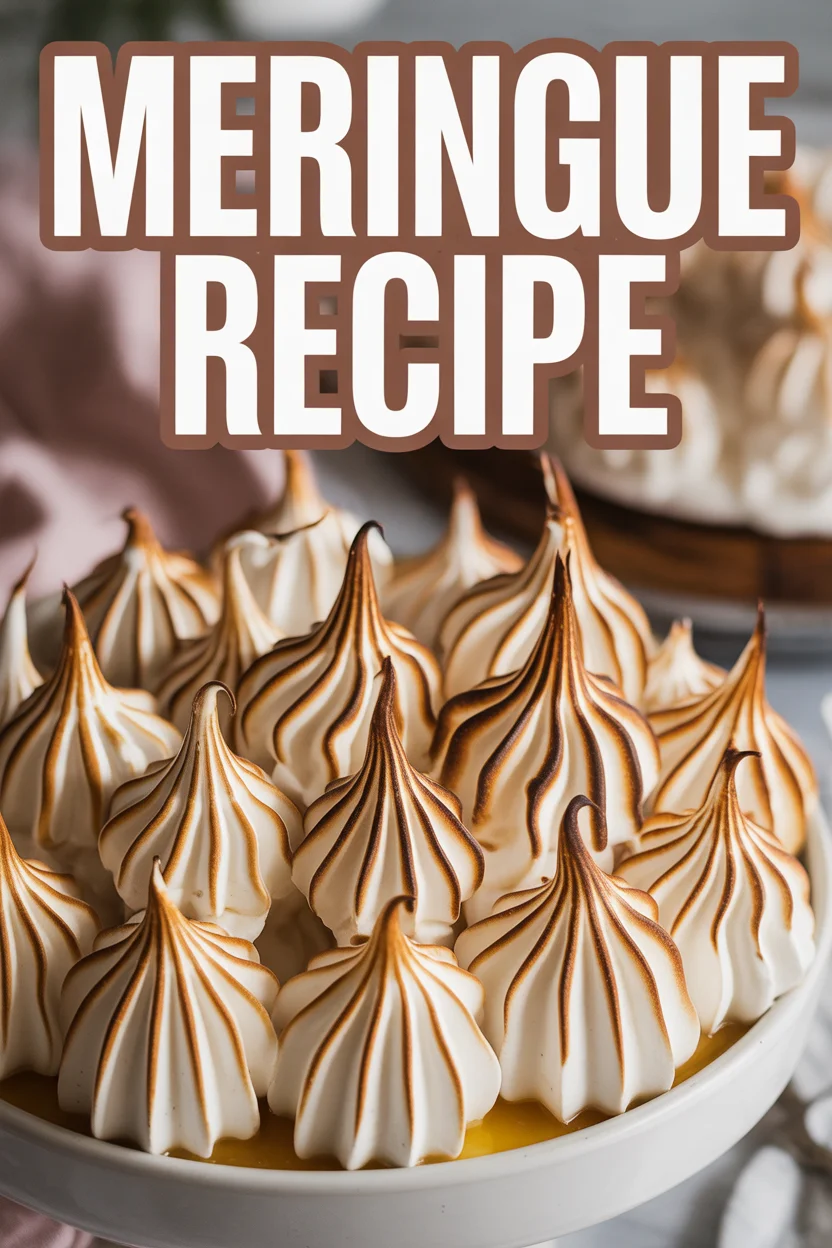
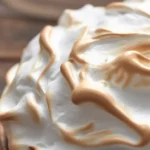
Meringue
Ingredients
Main Ingredients
- 4 large large egg whites Room temperature for better whipping
- 1 cup granulated sugar Add gradually during whipping
- ¼ tsp cream of tartar Optional, to stabilize peaks
- 1 tsp lemon juice or vinegar Optional, can be used instead of cream of tartar
Instructions
Preparation
- Preheat your oven to 200°F (93°C).
- Ensure your mixing bowl and whisk are clean and dry to avoid grease.
Whipping the Egg Whites
- In a large bowl, whip the egg whites on medium speed until foamy.
- Gradually add the sugar, one spoonful at a time, while beating the egg whites until soft peaks form.
- Add cream of tartar and continue to beat until stiff, glossy peaks form.
Baking
- Spoon or pipe the meringue onto a baking sheet lined with parchment paper.
- Bake in the preheated oven for about 60 minutes, until the meringue is dry.
Cooling
- Turn off the oven and leave the meringue inside to cool completely.
